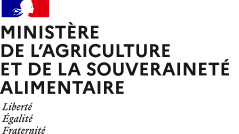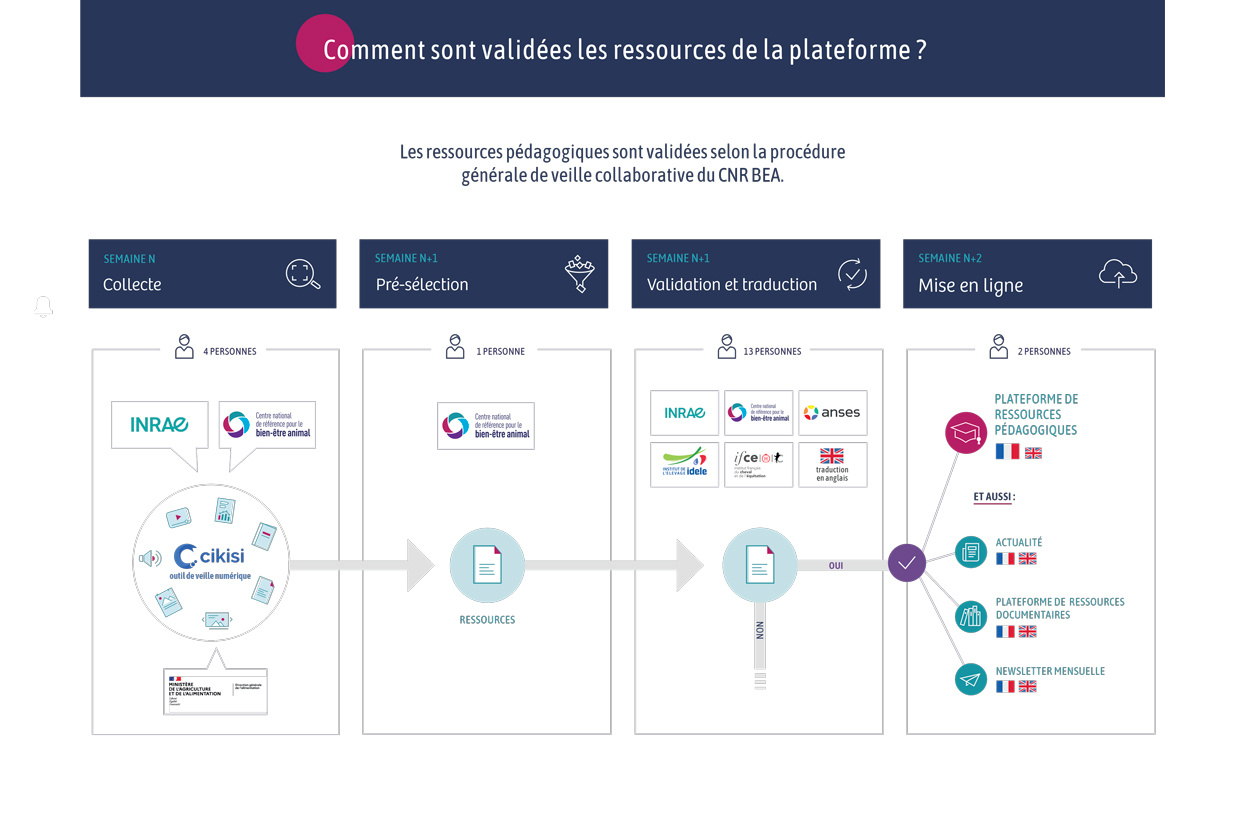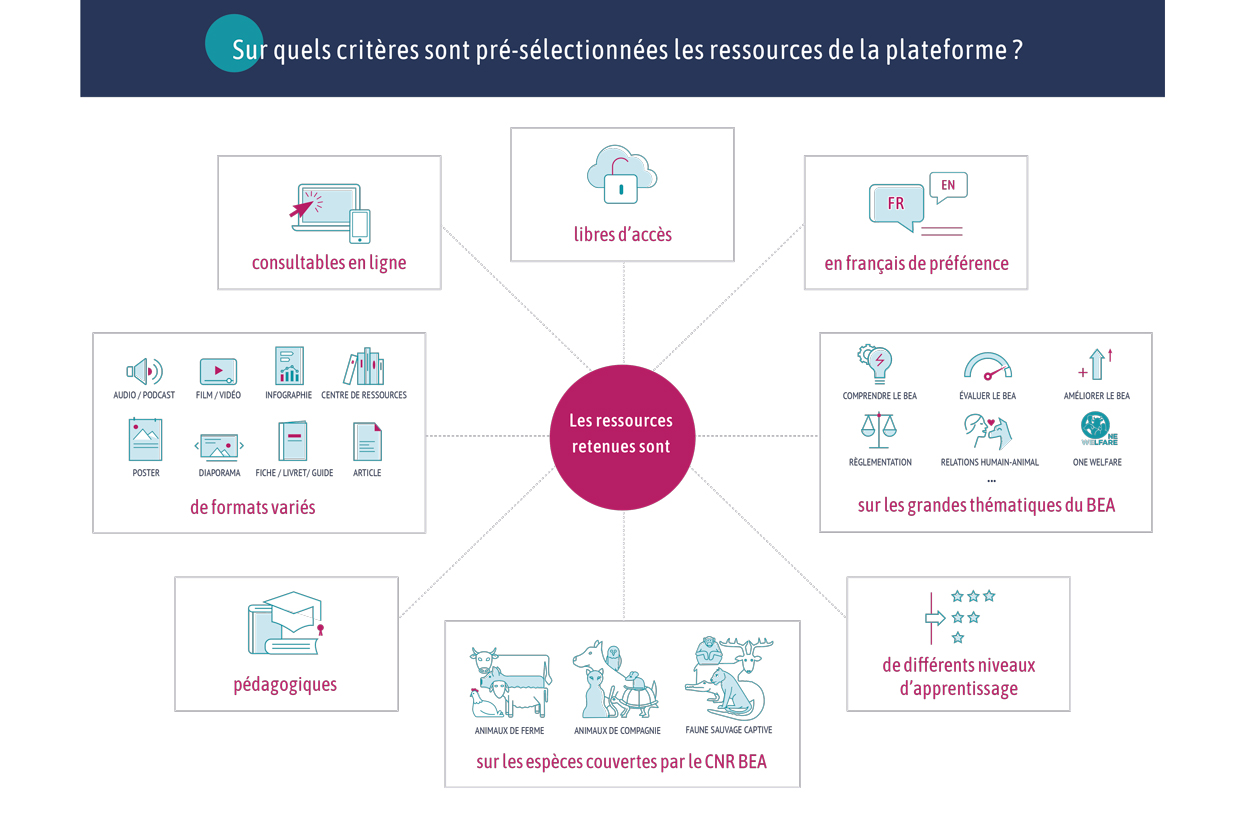Document type: Report of the European Commission
Author: European Commission
Preview: A total of 59 281 respondents have contributed to the public consultation. [...]Policy options for the future
Welfare at farm level
A vast majority (89% - 52 593 out of 59 281) of respondents considered that specific welfare requirements for extra animal species should be introduced. Of these species, reference was mostly made to dairy cows (85% - 50 411 out of 59 281) and beef cattle (84% - 49 892 out of 59 281) but several other species received a high response, including cats (79% - 47 064 out of 59 281) and dogs (80% - 47 272 out of 59 281). Fur animals received a lower response rate, e.g. minks (57% - .33 674 out of 59 281) and foxes (56% - 32 941 out of 59 281).
Most respondents were in favour of prohibiting tail-docking of pigs (84% - 49 862 out of 59 281). While a vast majority of EU citizens (85% - 46 369 out of 54 611), consumer and environmental organisations (81% - 83 out of 103), non EU-citizens (90% - 2 546 out of 2 817) are in favour of a ban, only 42% (35 out of 83) of public authorities and 18% (118 out of 660) of business organisations support such a measure.
Concerning the phasing out the use of cages a vast majority of respondents (93% - 55 001 out of 59 281) expressed that the maximum transitional time allowed should be 5 years for sows, laying hens, calves, rabbits, pullets, broiler breeders, layer breeders, quails, ducks, and geese. Depending on the animal species concerned, between 40% (267 out of 660) and 48% (315 out of 660) of business organisations expressed that the maximum time allowed should be 15 years for all animals mentioned.
Welfare during transport
A vast majority of respondents (95% - 56 547 out of 59 281) were in favour of introducing maximum journey times to (better) protect animals. The lowest support was by business organisations and companies but still at 53% (347 out of 660).
A vast majority of respondents (94% - 55 564 out of 59 281) also considered that the export of live animals to non-EU countries for slaughter should be prohibited. Such an option was supported by one-third of the business organisations (32% -211 out of 660).
Similarly, a vast majority of respondents (94% - 55 789 out of 59 281) were in favour of a prohibition on the transport of unweaned calves and other vulnerable animals, such as pregnant cows. This view was shared by 20% (131 out of 660) of business organisations.
Welfare at slaughter
A vast majority of the respondents (89% - 52 957 out of 59 281) believed that electrical water bath stunning for poultry should be prohibited (after a transition period), while approximately half of the business organisations believed it should not (51% - 331 out of 660). Public authorities' views were mixed, with 37% (31 out of 83) claiming the prohibition, 31% (26 out of 83) against it, and 31% (26 out of 83) did not know.
Furthermore, an overwhelming majority of respondents was in favour of the prohibition of the killing of one-day old male chicks (94% - 55 434 out of 59 281), including public authorities (72% - 60 out of 83)). Yet, approximately half of the business organisations (48% - 319 out of 660) was against.
Similarly, 93% (55 362 out of 59 281) of respondents were in favour of adopting specific rules for killing farmed fish. One-third (35% - 232 out of 660) of business organisations were against.
Consumer information
All categories of respondents believed that an EU animal welfare label would be a useful tool for informing consumers on the conditions in which animals are treated (90% of all respondents, i.e. 53 128 out of 59 281).
A vast majority (83% - 49 212 out of 59 281) of all respondents expressed that the label should be based on broader animal welfare criteria, including requirements on animal transport and slaughter.





